How to Design a Modern Conference Room



Designing a modern conference room requires careful consideration of both functionality and aesthetics. It’s not just about creating a visually appealing space; it’s about crafting an environment that fosters collaboration, productivity, and seamless communication, whether you are hosting in-person or virtual meetings. Here’s a step-by-step guide to designing a modern conference room.
The first step in designing a conference room is to assess the type of meetings that will take place. Will the room host small team discussions, large board meetings, or virtual calls with remote teams? Understanding the space’s purpose will dictate your choices for:
Room size and layout
Technology and AV equipment
Furniture selection
The layout of the conference room should encourage collaboration and interaction. Common layouts include:
Boardroom Style: A rectangular or oval table with seating around it, suitable for discussions and presentations.
Classroom Style: Rows of chairs or desks facing a screen or presentation area, ideal for training sessions or large presentations.
U-Shape Style: Seating arranged in a U-shape with an open area in the middle, promoting engagement and communication during discussions.
For smaller rooms, the huddle room layout might work best with seats around a smaller table, while larger rooms may need flexible layouts to accommodate different meeting types.
Technology plays a crucial role in modern conference room design. Consider the following tech solutions:
Video Conferencing Systems: High-quality video conferencing systems such as Yealink MeetingBar A40 and Yealink MVC S90 offer seamless integration for remote meetings. Choose a system based on your room size and meeting needs.
Audio Systems: Invest in professional audio equipment like Yealink VCM36-W Wireless Microphone or Yealink CM50 Premium Dante Beamforming Ceiling Microphone to ensure clear sound quality during meetings.
Interactive Displays: Modern interactive displays like Yealink MeetingBoard 65 allow for easy collaboration and real-time document editing, making them essential for brainstorming and presentations.
Proper lighting and acoustics are essential for creating a comfortable and effective meeting environment:
Lighting: Opt for adjustable lighting that can be brightened for presentations or dimmed for more casual discussions. Natural light should be incorporated where possible, as it enhances productivity and well-being.
Acoustics: To ensure clear communication, include soundproofing materials or acoustic panels in the room. Additionally, acoustic ceiling tiles or carpeting can reduce noise and improve sound quality.
Ergonomic and comfortable furniture is crucial for long meetings. Key furniture considerations include:
Chairs: Choose adjustable, comfortable chairs that support proper posture during extended meetings.
Tables: Pick a table that suits the layout of the room. Round or oval tables work best for collaborative discussions, while long rectangular tables may be more suitable for presentations or formal board meetings.
Storage: Include cabinets or shelves for storing meeting materials, AV equipment, and documents to keep the room organized.
For efficiency, use room scheduling software and management tools such as Yealink RoomPanel Plus and Yealink RoomSensor Pro. These devices help in managing room bookings, monitoring environmental settings (temperature, occupancy), and controlling lighting or AV equipment.
Make sure the room is well-equipped for connectivity:
Power outlets: Provide ample power outlets for laptops, phones, and other devices. Consider incorporating wireless charging stations.
Wired and wireless connections: Ensure that HDMI, USB ports, and wireless connectivity options are available for easy connection to projectors, screens, or video conferencing systems.
The room’s aesthetics should promote focus and comfort. Use a color palette that enhances concentration, such as neutral tones combined with pops of color to add energy. Add some artwork or plants for a welcoming atmosphere.
Designing a modern conference room is about more than just aesthetics—it’s about creating a space that promotes collaboration, communication, and productivity. By combining the right layout, advanced technology, ergonomic furniture, and efficient management tools, you can build a conference room that meets the needs of your business while keeping employees comfortable and engaged.
Tips:This article is for reference only. Please visit the Yealink product details page to learn more about products and application scenarios, or contact us for further assistance.
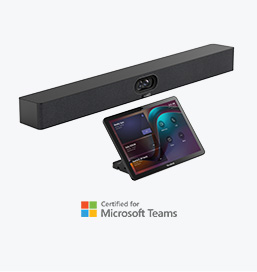
Discover Yealink Teams Rooms Devices for seamless Microsoft Teams collaboration with premium audio and video solutions.
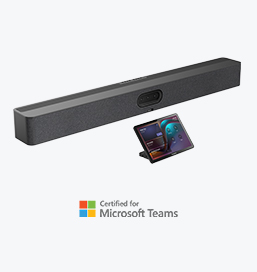
Big Impact for Bigger Spaces - All-in-one video bar for medium to large rooms

Discover the all-in-one video conferencing device with an interactive whiteboard, designed for seamless collaboration in Microsoft Teams Rooms.
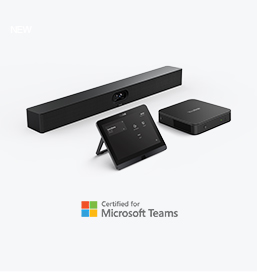
Discover high-performance, cost-effective video conferencing systems tailored for small to medium-sized rooms, ensuring seamless communication and collaboration.
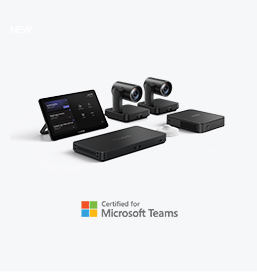
Video Conferencing System For Pro-AV Rooms.
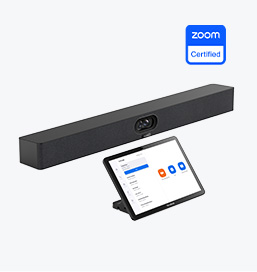
Explore Yealink’s Zoom Rooms devices for seamless, high-quality video conferencing solutions.
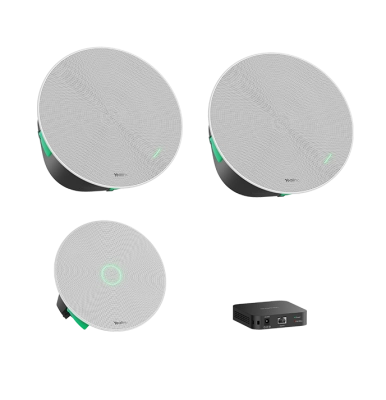
Yealink's room audio devices, offering crystal-clear sound for an immersive video conferencing experience.
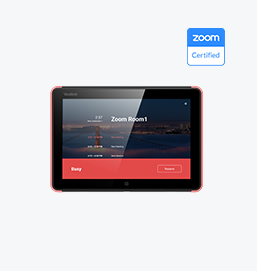
Intelligent Solutions for Smarter, More Efficient Meeting Spaces.

Experience the all-in-one video bar designed for premium small to medium rooms, optimized for Microsoft Teams Rooms on Android.
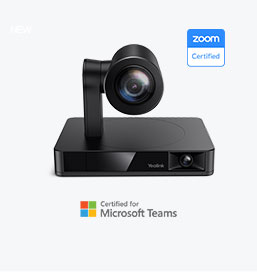
Simple and flexible video conferencing camera solutions for any workspace or meeting setup.

Empowering Businesses with Yealink Video Device Solutions for Microsoft Teams.

From huddle spaces to extra-large meeting rooms, enjoy seamless audio and video powered by AI,easy-to-manage package.

Professional Meetings Made Easy with MeetingBar Series,All Rooms Plug-and-Play.
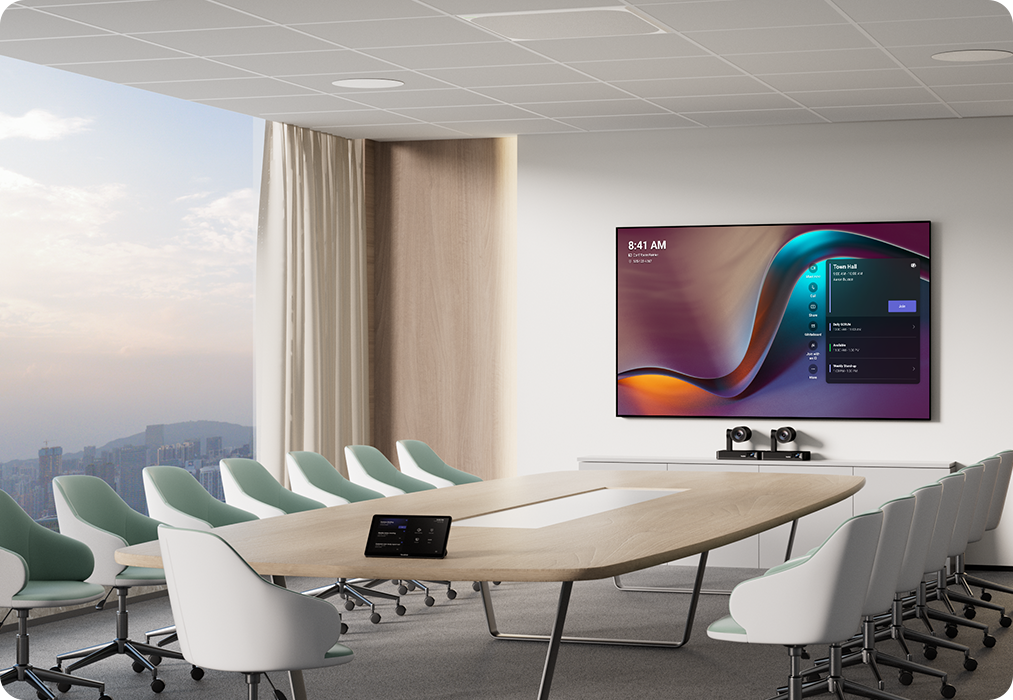
Yealink Next-Gen Hybrid Meeting Style - Any Space, Any Discussion.
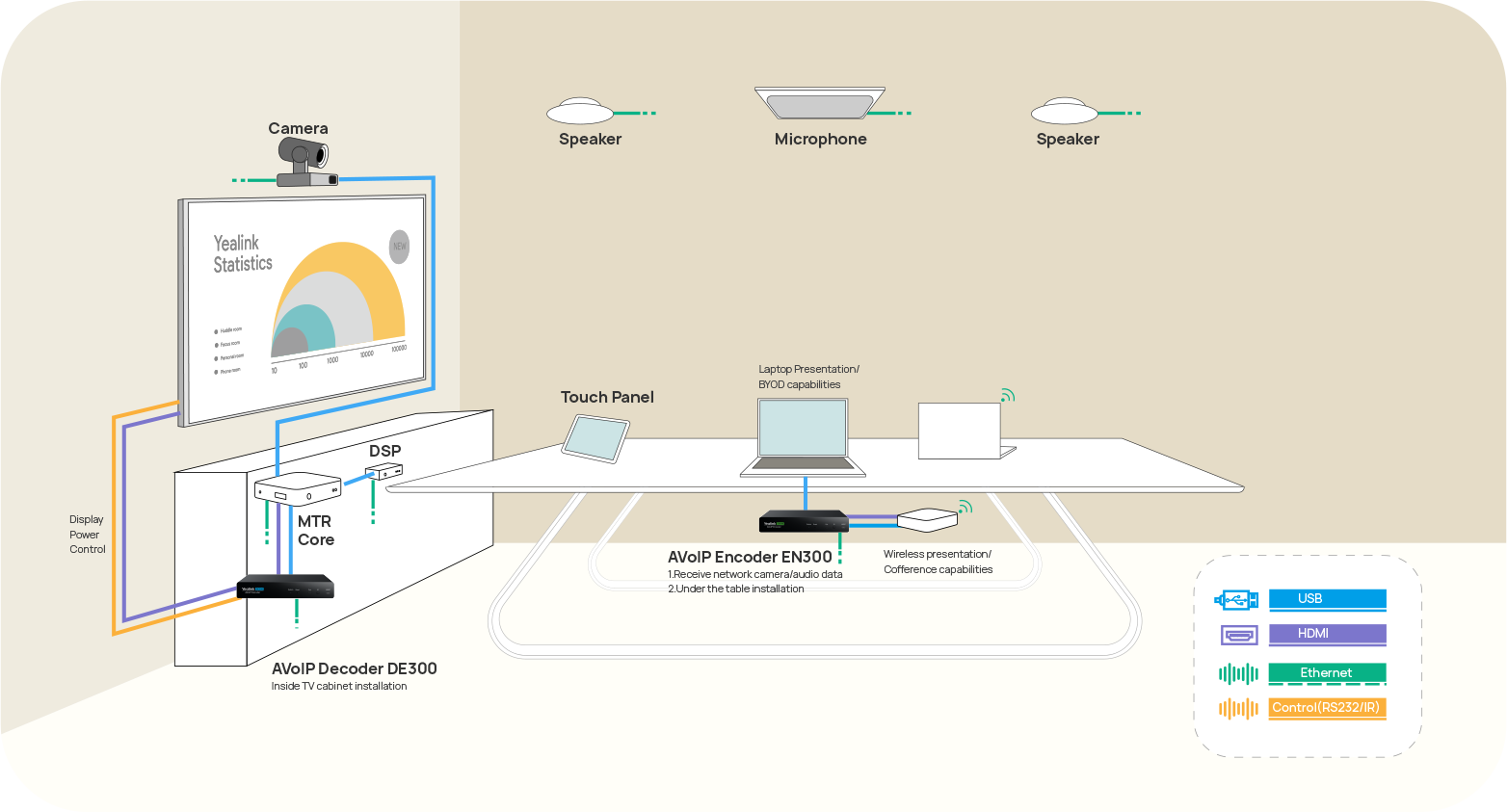
Building an AV system shouldn’t feel like solving a puzzle — but for many, it still does. Microphones, DSPs, cameras, control panels — often from different vendors..

Yealink Video Solutions for Zoom Rooms cover every scenario you need for video meetings, such as small, medium, and large meeting rooms.
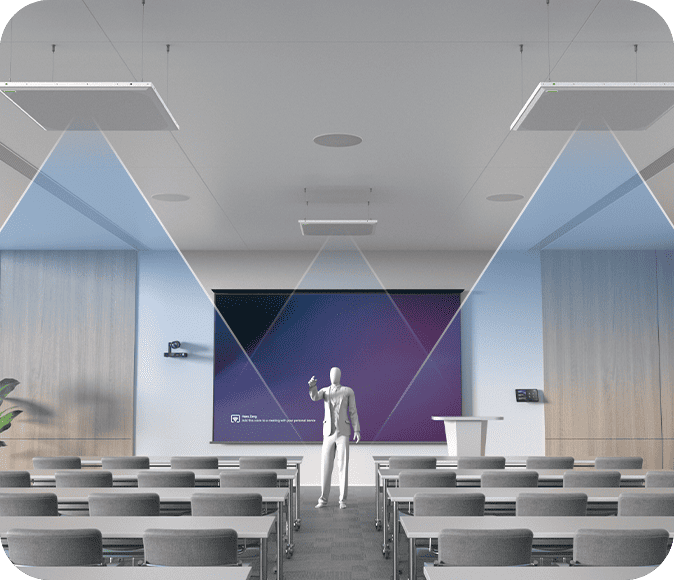
Discover SKYSOUND audio solutions for unparalleled sound clarity in your conference room. Enhance your meetings with advanced audio technology designed for medium-sized spaces.
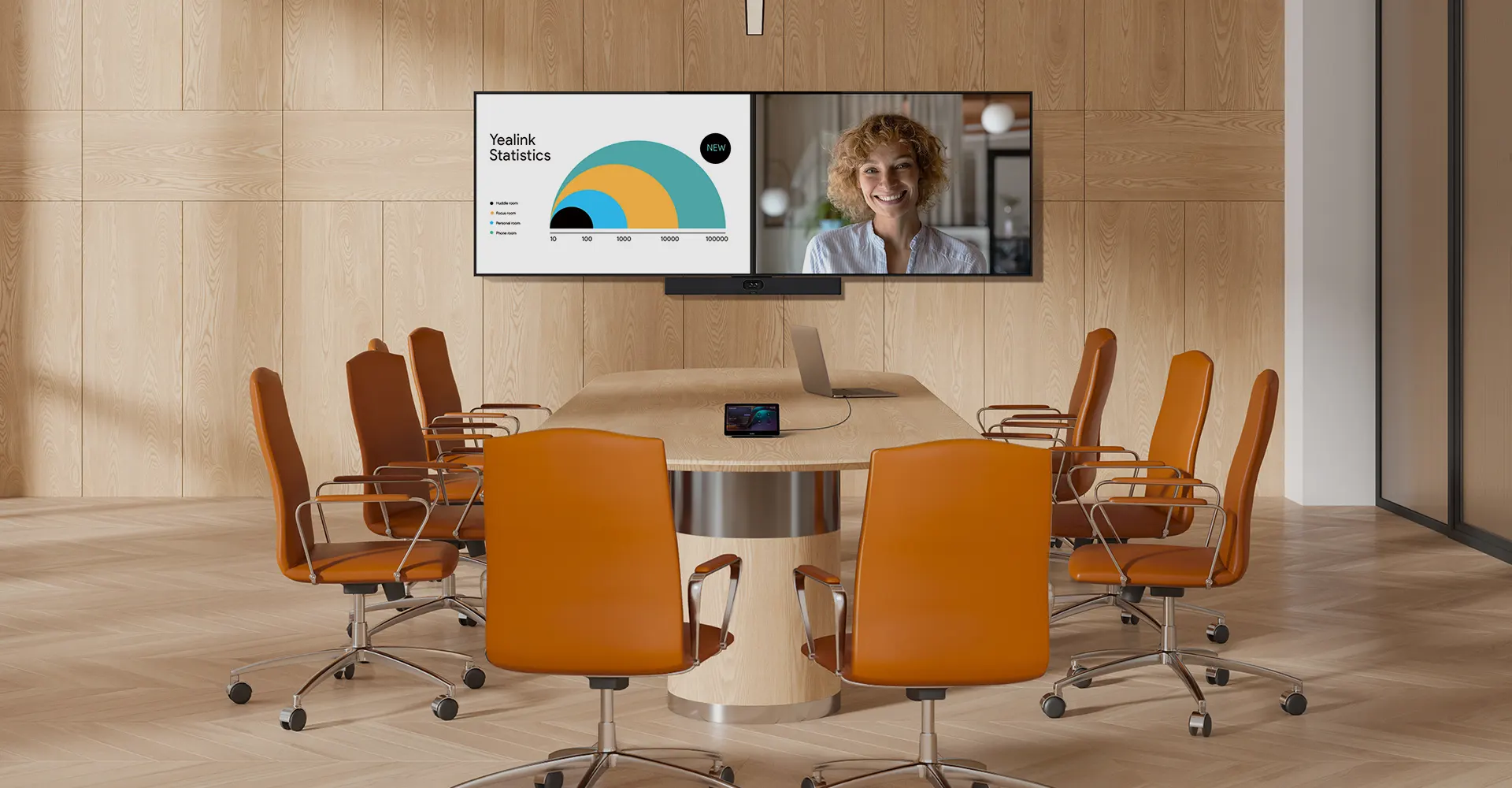
Discover SKYSOUND audio solutions for unparalleled sound clarity in your conference room. Enhance your meetings with advanced audio technology designed for medium-sized spaces.
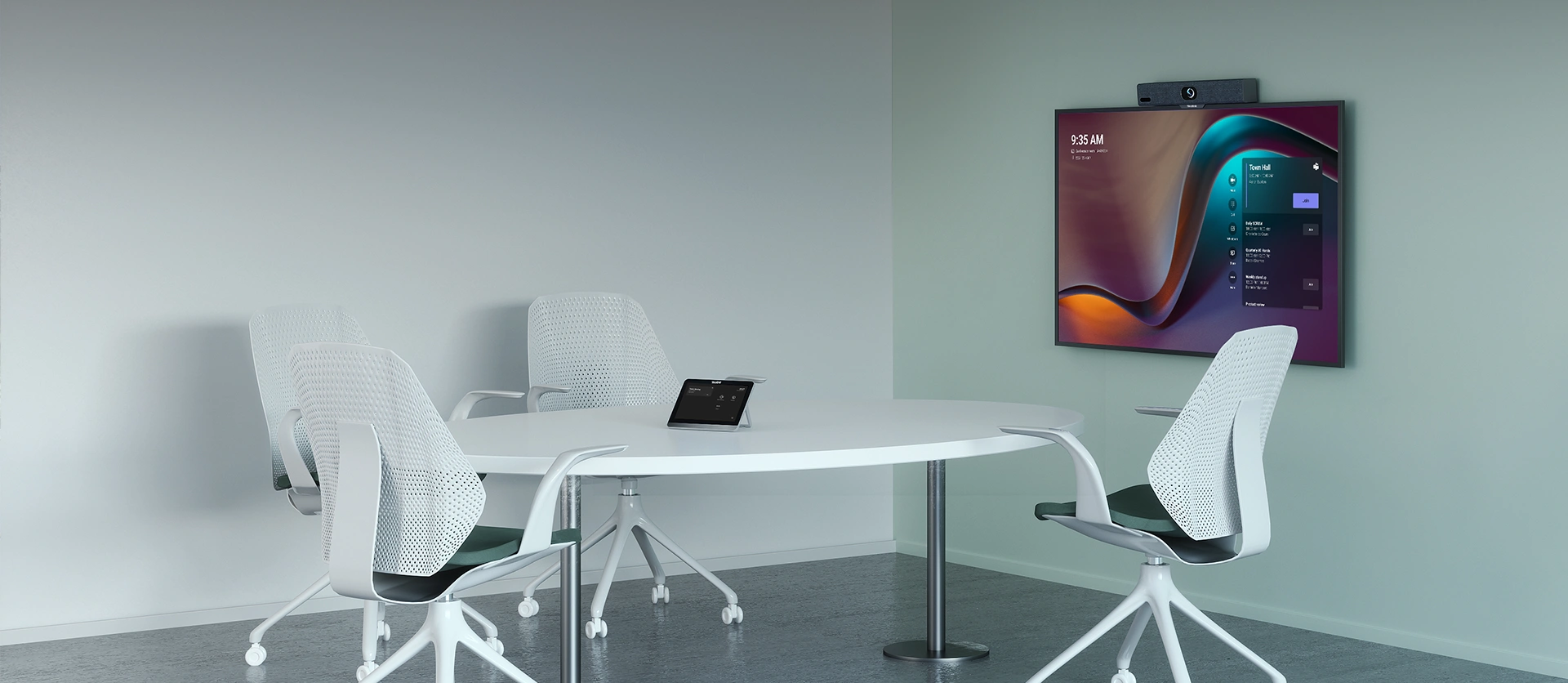
Explore Yealink’s customized conferencing solutions for small meeting spaces. Discover the ideal setup to enhance efficiency and collaboration.
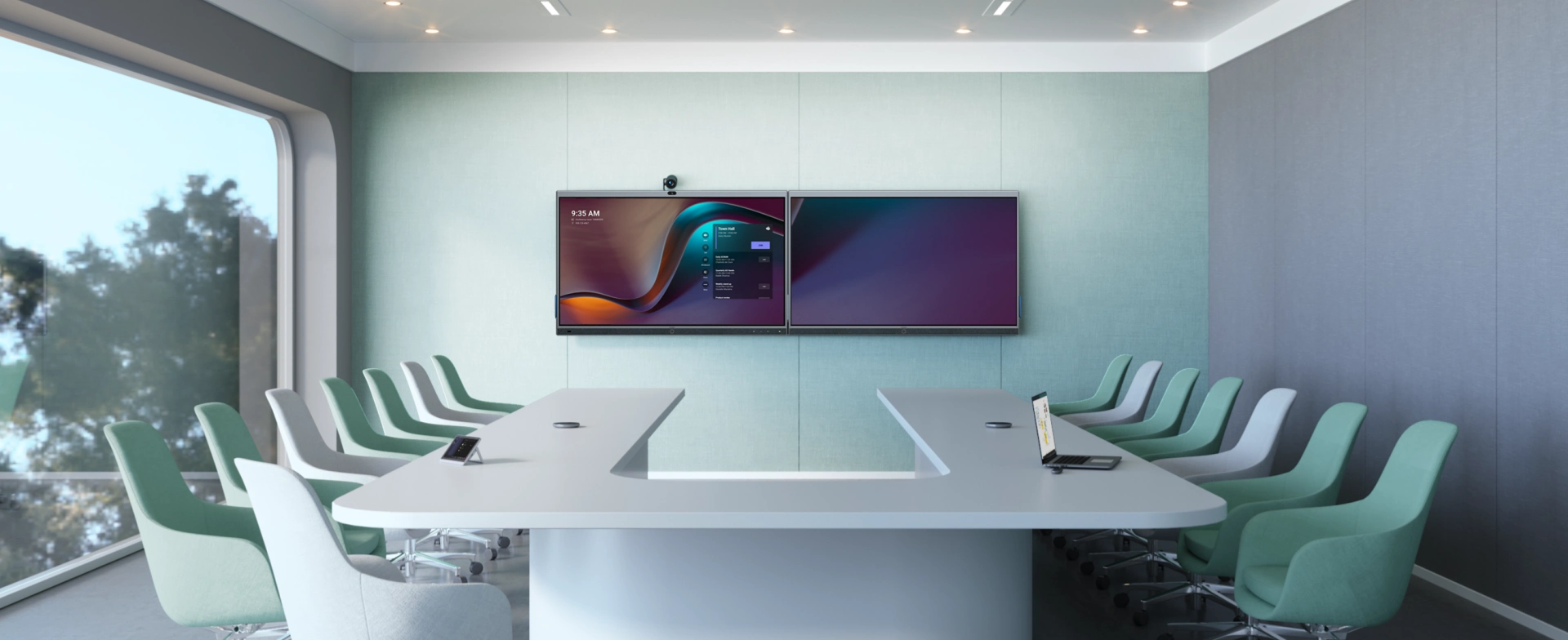
Explore Yealink’s customized conferencing solutions for large meeting spaces. Discover the ideal setup to enhance efficiency and collaboration.
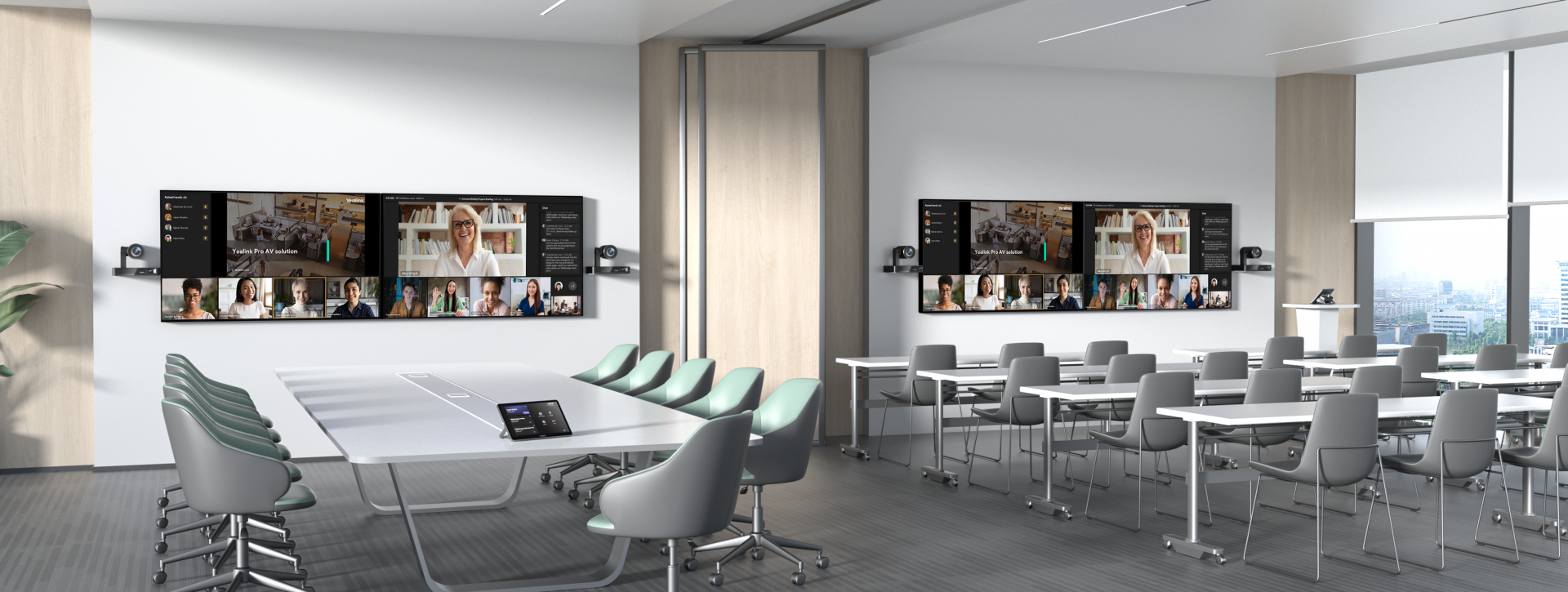
Explore Yealink’s customized conferencing solutions for extra-large meeting spaces. Discover the ideal setup to enhance efficiency and collaboration.
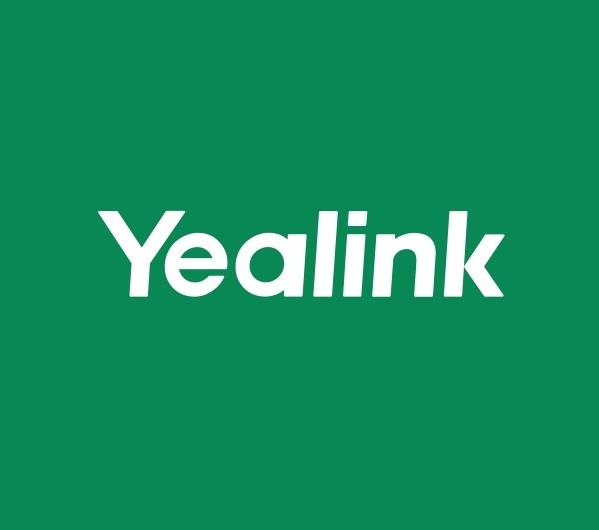
Professional Video Conferencing, Crystal-Clear Audio, AI-Powered Noise Cancellation, and Seamless Integration with Zoom & Microsoft Teams.

Yealink Conference Room Solution for Microsoft - Bringing Microsoft Teams Experience to Every Space

Let’s explore the importance of conference room speakers, their features, and how to choose the right solution for your needs.

This guide explores the best AV solutions for different room sizes, helping you find the perfect setup for your workspace.

Whether you need a compact solution for small focus rooms or a powerful system for medium to large conference rooms, Yealink has the perfect MeetingBar for your needs.

This guide explores key components of Conference Room AV Solutions and how Yealink’s industry-leading products can meet diverse meeting needs.

Whether you’re hosting a high-stakes client presentation or a quick internal brainstorm, the right meeting room can elevate productivity, build stronger connections, and ensure every voice is heard.

Whether you’re hosting a C-suite board meeting, engaging with global stakeholders, or presenting high-stakes strategies, a luxury conference room leaves a lasting impression.

Whether you’re hosting a C-suite board meeting, engaging with global stakeholders, or presenting high-stakes strategies, a luxury conference room leaves a lasting impression.

These devices offer an all-around view of the room, ideal for inclusive discussions, interactive training, and seamless remote communication—especially in roundtable, U-shape, or multi-participant setups.

When choosing a good digital whiteboard, evaluate factors such as screen size, touch technology, software integration, connectivity options, and overall durability.

An ultimate guide for the enterprise to choose the right conference camera and elevate the meeting experience in the hybrid working era.

Selecting the best video conference camera involves evaluating several key aspects to ensure high-quality, seamless meetings. Here are ten essential factors to consider.

A conference meeting room is a designated space in offices, institutions, or commercial environments designed to facilitate collaboration, discussions, and decision-making processes.

A conference speakerphone is a specialized communication device designed for use in conference rooms or meeting spaces, allowing multiple participants to join a call or video conference without being limited by proximity to a traditional phone or microphone.

Small meeting room is a compact, enclosed space designed to accommodate a limited number of participants, typically between 2 to 6 people. These rooms are often referred to as huddle rooms or focus rooms, providing a private and quiet setting for quick team discussions, brainstorming sessions, or virtual meetings.

Teams Copilot is a feature designed to enhance collaboration and productivity within Microsoft Teams. Here’s a summary of what Team Copilot typically involves:
Conference Room Audio Device
A Comprehensive Conferenutionce Room Audio Solution for standard-sized medium(5m x 8m) to extra-large conference rooms(6m x 10m).
Yealink audio ceiling Device Bundle
The Yealink CMKit-121 is a comprehensive package designed as the core setup for the Yealink audio ceiling solution. It includes the CM20 ceiling microphone, a pair of CS10 ceiling speakers, and an RCH40 E2 switch.
Each package functions as an independent audio unit, guaranteeing secure and stable audio experience.
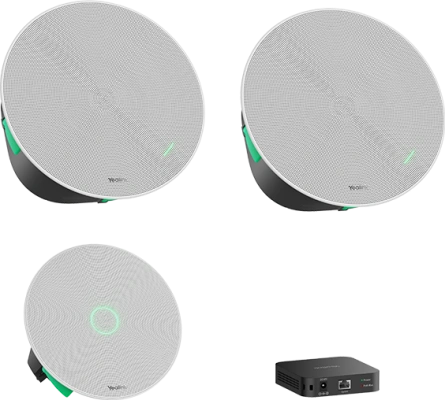
Explore more types of Yealink standard audio equipment for exceptional sound quality in any meeting space.
Contact Us
Contact us for product quotes and installation consultations. We will promptly notify a local dealer to provide you with accurate and efficient service solutions.







